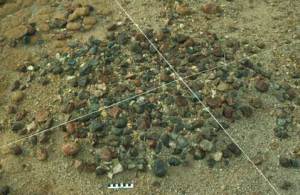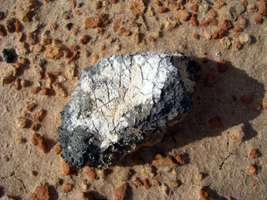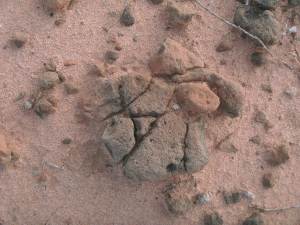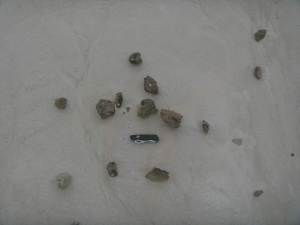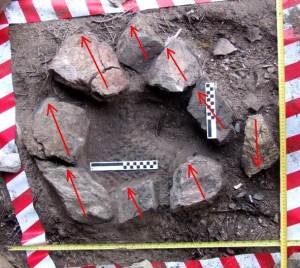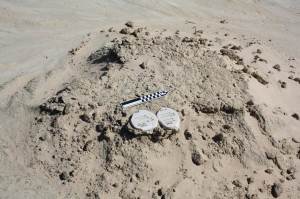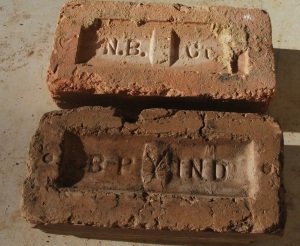TAAL is currently involved in a major program of dating and sampling burnt archaeological features, lake sediments and volcanics in Australia to build the first, and world’s longest Archaeomagnetic Dating Reference Curve. This is being undertaken with a range of commercial and academic archaeologists throughout Australia, but with a major concentration on the SE to date.
LOCATIONS to DATE:
1) Lake Mungo, NSW (with Nicola Stern, LTU; Zenobia Jacobs, UOW)
2) Apollo Bay, Victoria (with OAAV, BIOSIS)
3) Yea, Victoria (with BIOSIS)
4) Walpolla and Trawalla, Victoria (with Dr Vincent Clark and Associates)
5) Victorian Volcanics (with University of Melbourne and Museum Victoria)
6) Australian Lake Sediments (With University of Melbourne and Australian National University)
OTHER LABS INVOLVED:
Geomagnetism Laboratory, University of Liverpool, UK (with Mimi Hill)
What is Archaeomagnetic Dating? (resource)
Archaeomagnetic dating is based on the use of known secular variation in the three components of the Earth’s magnetic field (Horizontal, Vertical and Intensity) to date burnt features that contain the fossil direction of these components of the field. These three components are fossilised within burnt rocks (volcanics), sediments (fireplace), artefacts (pottery, FMR, bricks and heat retainers) as they cool within the Earth’s Magnetic Field. Because these three components of the magnetic field of the Earth vary according to geographical location on the Earth, a regional calibration curve must be constructed before this dating method can be used and the density of points on that dating curve will determine the accuracy of dating available in that location. Comprehensive calibration curves currently exist throughout Europe and in North America but are lacking for much of the rest of the world. Some data exists for New Zealand and Australia but these have mostly been recovered from comparative volcanic sequences and lake sediments and so until now no formal program had been established to build Archaeomagnetic Calibration Curves for the region. Some nice information additional information from the University of Bradford (UK). Also see information @ Archaeomagnetism
What samples are we looking for?
Any well dated (or potential to be dated) burnt material from archaeological sites including:
Clay Ball Heat Reta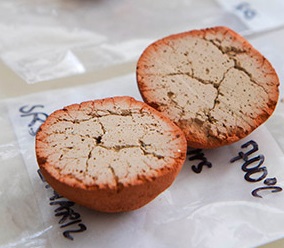 iners
iners
Baked Sediment Heat Retainers

